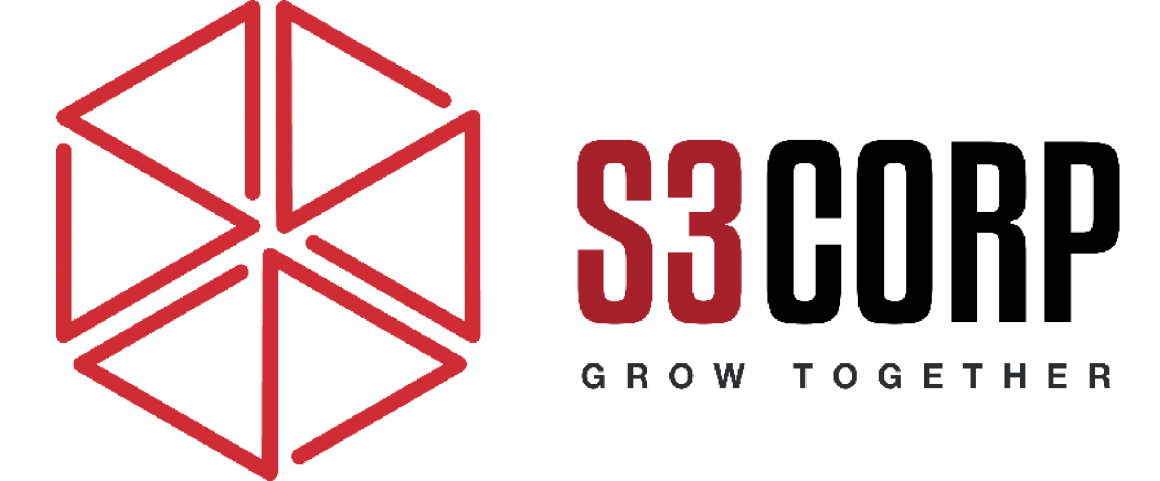Overcoming the Challenges of Selling Feature-Rich Products
— November 29, 2016The Challenge of Selling a Feature-Rich Product
Entrepreneurs often encounter a fundamental challenge: their product offers an array of features, yet conveying its value to potential customers requires a clear and concise message.
A feature-rich product can be advantageous, but without effective communication, its potential may go unnoticed. This challenge underscores the importance of crafting a well-defined value proposition that highlights the product’s core benefits in a way that resonates with the target audience. This article explores strategies to overcome these hurdles while providing actionable insights for businesses.
The Critical Role of Positioning
Positioning is more than just an advertising technique or a catchy slogan. It is a strategic tool that shapes a product’s identity in the marketplace. Positioning establishes how a product addresses customer needs while standing out from competitors. Effective positioning is grounded in a structured approach that ensures clarity and purpose across marketing efforts.
A strong positioning statement has several elements. It identifies the target group, the specific need being addressed, the product or service, and the primary benefit it offers. Additionally, it differentiates the product by comparing it with competitors and emphasizing what makes it unique. For example, Amazon.com positioned itself as a retail bookseller offering instant access to over 1.1 million books, differentiating itself through convenience, low prices, and a broad selection. This structure makes it easier for businesses to communicate their value proposition while emphasizing competitive advantages.
Transforming Complexity into Clarity
Businesses offering feature-rich products often struggle to distill their message into a clear and compelling statement. For instance, a healthcare software company might develop a system capable of tracking patient visits, monitoring health proactively, scheduling appointments, and storing treatment data. Without a clear positioning statement, such a product could overwhelm potential customers, making it hard for them to grasp the core value.
By simplifying and focusing on the main benefit, the company can shift its message from complexity to clarity. A positioning statement like “For healthcare providers, a personalized software program that records and transfers treatment details to patients’ mobile devices, generating more revenue opportunities per patient,” communicates the primary benefit effectively. This approach ensures the target audience understands how the product addresses their specific needs and why it stands out from competing solutions.
Visionary Positioning: Thinking Ahead
While structured positioning frameworks provide a reliable starting point, visionary companies often take an additional step. These businesses anticipate future customer needs and develop products that address them. Apple, under Steve Jobs’ leadership, excelled at creating products that customers didn’t know they needed but later deemed indispensable.
This approach can encourage companies to align their services with emerging trends in technology. Businesses could adopt a forward-thinking strategy, emphasizing how their outsourcing solutions prepare clients for technological advancements. Visionary positioning enables companies to present themselves as innovators, fostering long-term relationships with customers.
Communicating Benefits, Not Features
Customers care about the outcomes a product delivers, not the technical details. This principle is particularly relevant for feature-rich products. Highlighting benefits over features ensures the target audience understands how the product improves their lives or resolves their challenges.
For example, instead of listing functionalities, a healthcare software provider might emphasize that their system increases patient engagement and boosts provider revenue. Expressing benefits resonates more deeply with potential customers than a technical breakdown of features.
Tailoring Messages for Specific Audiences
Effective communication requires tailored messages that address the unique needs of different customer segments. Attempting to appeal to everyone often dilutes the message, making it less impactful. Businesses must identify their primary audience and focus their efforts on crafting messages that resonate with that group.
Messaging for startups might highlight affordability and agility, while communications aimed at large enterprises could emphasize scalability and robust support. Tailoring messages ensures that potential clients see the direct relevance of the services being offered.
Simplifying Language for Clarity
Using simple and direct language is essential when communicating with customers. Technical jargon and complex sentences can alienate audiences, especially those unfamiliar with the industry. Clear communication helps build trust and ensures the message is easily understood.
For example, instead of saying, “Our software leverages machine learning algorithms to optimize workflows,” a business could say, “Our software uses advanced technology to make your workflows faster and more efficient.” This straightforward approach makes the value proposition accessible to all potential clients.
Leveraging Real-World Examples
Examples and case studies are powerful tools for illustrating a product’s benefits. They provide tangible evidence of how a product has solved real problems for actual customers. This approach builds credibility and helps potential clients visualize how they might benefit.
A software company, for instance, could share a case study detailing how its product helped a healthcare provider reduce missed appointments by 30%, leading to increased revenue. Highlighting measurable outcomes reinforces the value of the services offered and encourages trust among prospective customers.
Testing and Refining Messaging
Marketing is not a one-time effort. Testing different messages and tracking their effectiveness allows businesses to refine their approach over time. Metrics such as customer engagement, conversion rates, and feedback provide valuable insights into what resonates most with the audience.
For example, an A/B test comparing two versions of a landing page—one emphasizing cost savings and the other highlighting performance improvements—can reveal which message drives more interest. Regular evaluation ensures messaging remains relevant and impactful.
Final Thoughts
Feature-rich products present unique marketing challenges, but these challenges are surmountable with the right strategies. By crafting clear positioning statements, focusing on benefits, tailoring messages to specific audiences, using simple language, and leveraging examples, businesses can effectively communicate their value propositions.
Companies have a unique opportunity to distinguish themselves through strategic communication. Clear, benefit-driven messaging positions them as leaders in outsourcing, enabling them to attract and retain clients in an increasingly competitive market.





